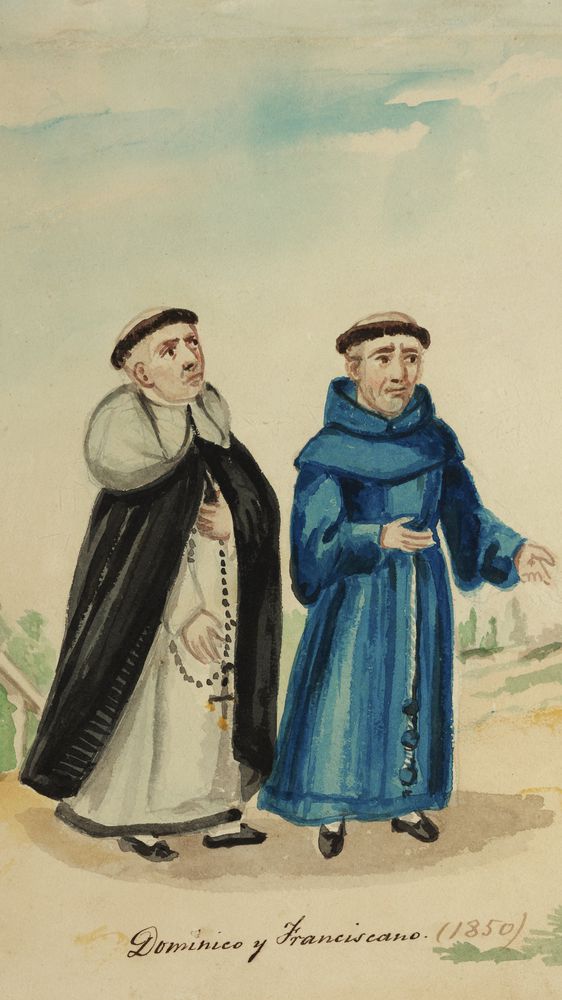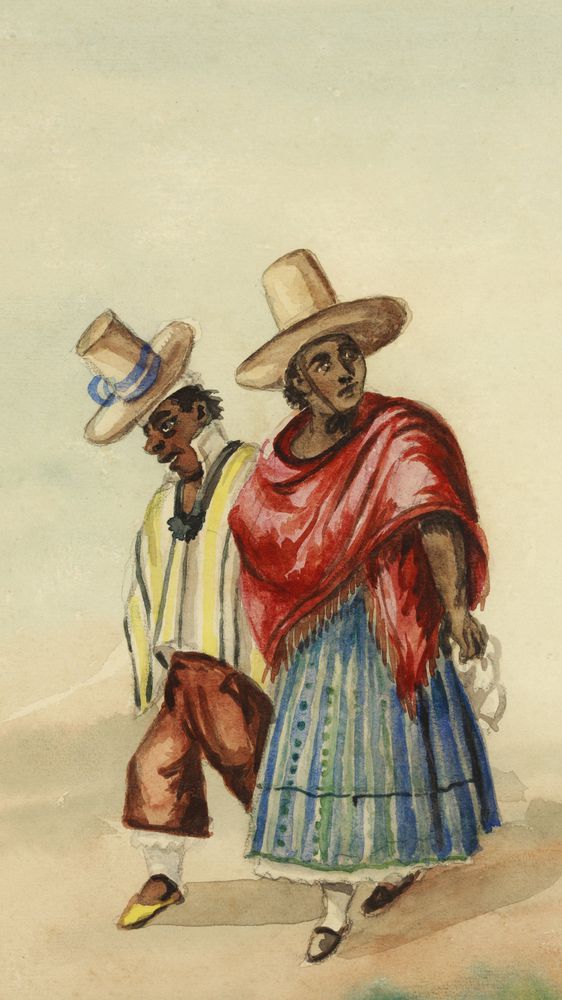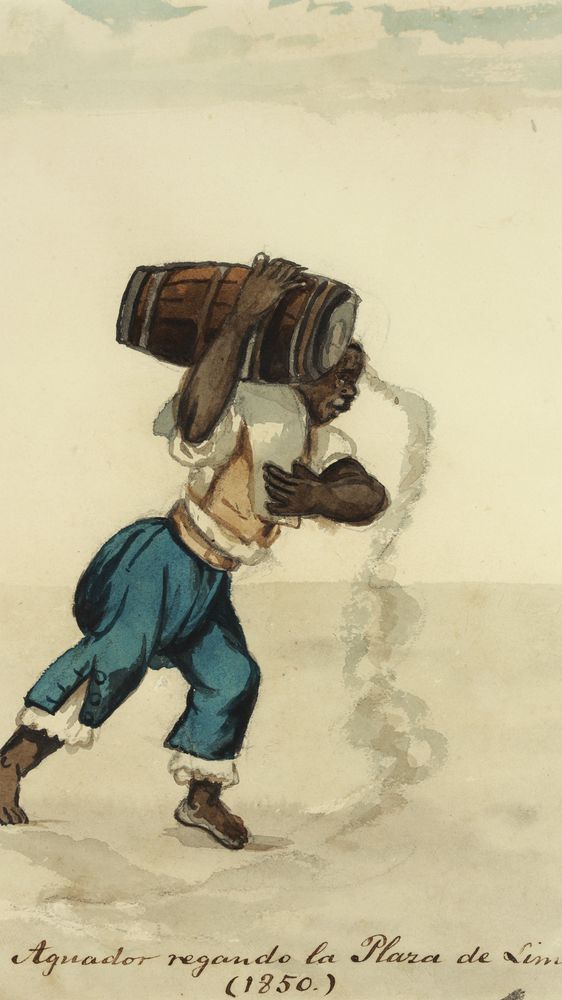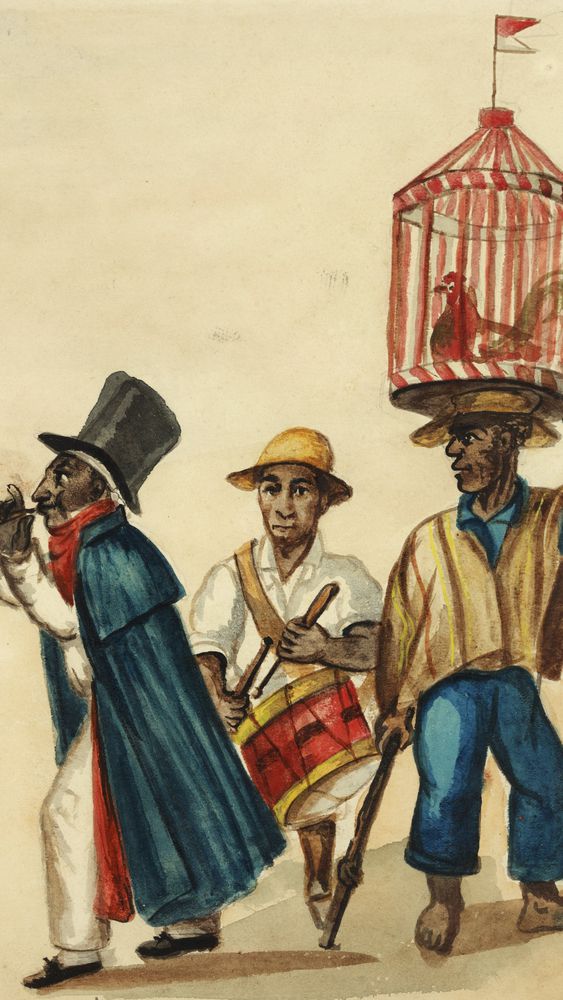
The Angelus
Jean-François Millet, c. 1857–1859Jean-François Millet was a leading member of the Barbizon School and became renowned for his lyrical representations of rustic life. Born of Normandy peasant stock, he began his studies in the Parisian atelier of Delaroche in 1837. Despite initially producing pictures of traditional mythological subject matter, his first major success came from depicting farm work with The Winnower (1847). Along with Théodore Rousseau and a small community of landscape painters, he moved to Barbizon near Fontainbleau in 1849. A painting such as The Gleaners (1857) conveys Millet’s belief in the dignity and spirituality of peasant labor. To some, this message was dangerously subversive, born of radical socialist sympathies. In stark contrast, the lush romanticism of The Angelus (1859), combined with its astonishing popularity, later tarnished Millet with a reputation for sentimental kitsch. Either way, he had a profound influence on the next generation of Impressionist and Post-Impressionist painters.
Related works

Still Life Table with Roses and Fruit

Two Young Women Picking Grapes

Dominic and Francisco

Day of Celebration

Water Carrier Watering the Plaza of Lima

The Carafe

To the Coliseum

Drunk of Amancais
